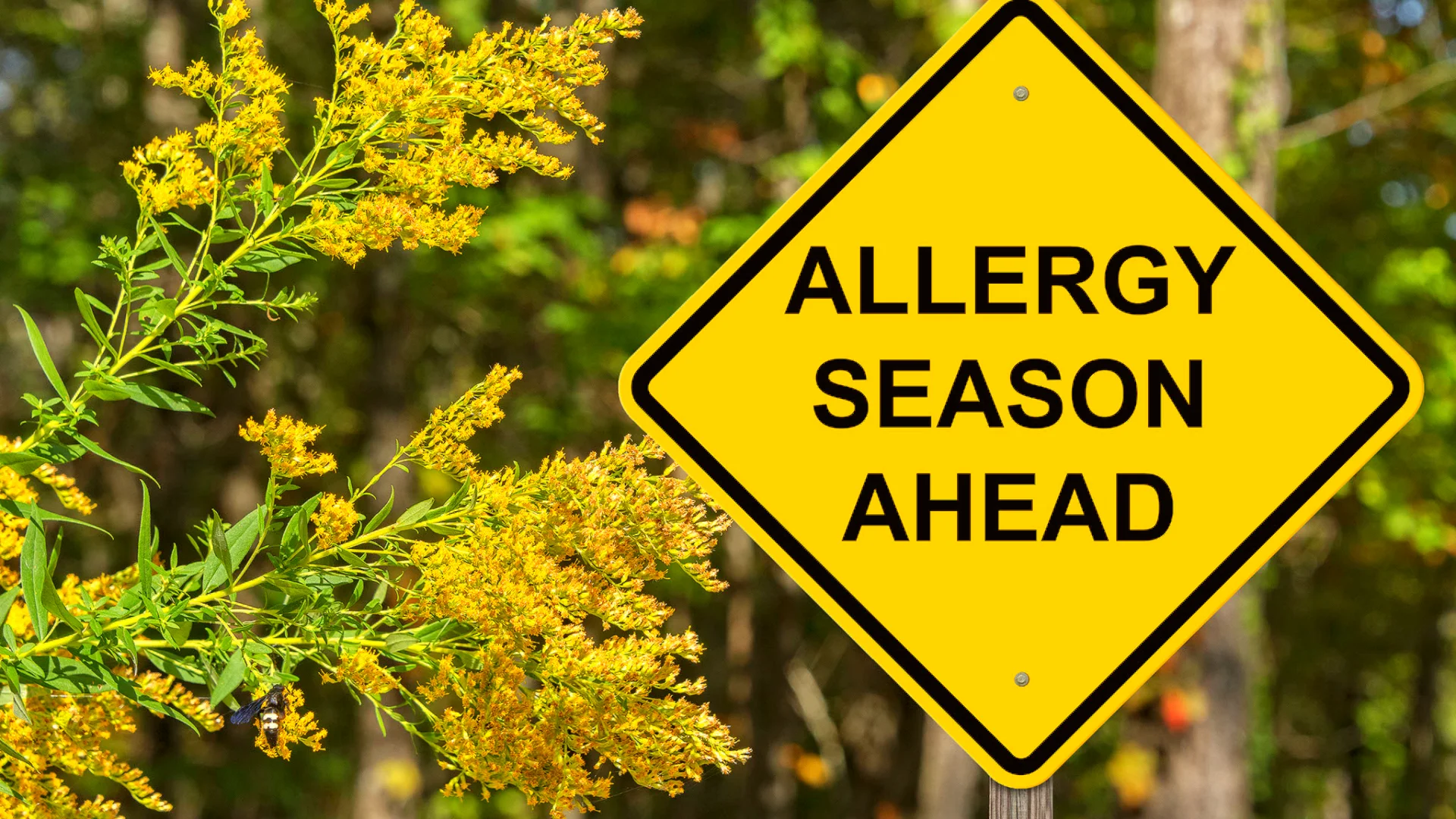
Dive into Ragweed Season: What Allergy Sufferers Need to Know!
Hello, everyone! If you're an allergy sufferer in Europe, it's time to gear up for the dreaded peak of ragweed pollen season, which hits its stride in August and September. Let's dive into what makes this plant such a notorious allergen and how you can safeguard your health!
First off, what is ragweed? This unassuming plant, originally introduced from North America in the 19th century, has spread like wildfire across Europe, thriving in warm, humid conditions. Unfortunately, it loves to take root in neglected spots—think wastelands, landfills, and alongside roads. Did you know that its seeds can survive in the soil for a whopping 30-40 years? Talk about resilience!
Despite this year's drought leading to a decrease in ragweed growth, the pollen it produces is still a cause for concern. Just one ragweed plant can unleash up to a billion pollen grains! And while this year's drought has hampered the plant's growth, even a few grains in the air—just six to ten grains per cubic meter—can trigger allergy symptoms, making it crucial for those sensitive to it to stay vigilant.
The species Ambrosia artemisiifolia is particularly notorious, with research showing it can double the risk of asthma compared to other plants. This invisible menace can be inhaled deep into your bronchial pathways, potentially causing severe symptoms akin to hay fever or asthma, which can affect both sensitive and nonsensitive individuals alike.
So, as we approach the peak of ragweed season, don't forget to monitor your surroundings, take necessary precautions, and cherish each fresh breath of outdoor air. Stay safe, and enjoy the rest of your summer! 🌼✨